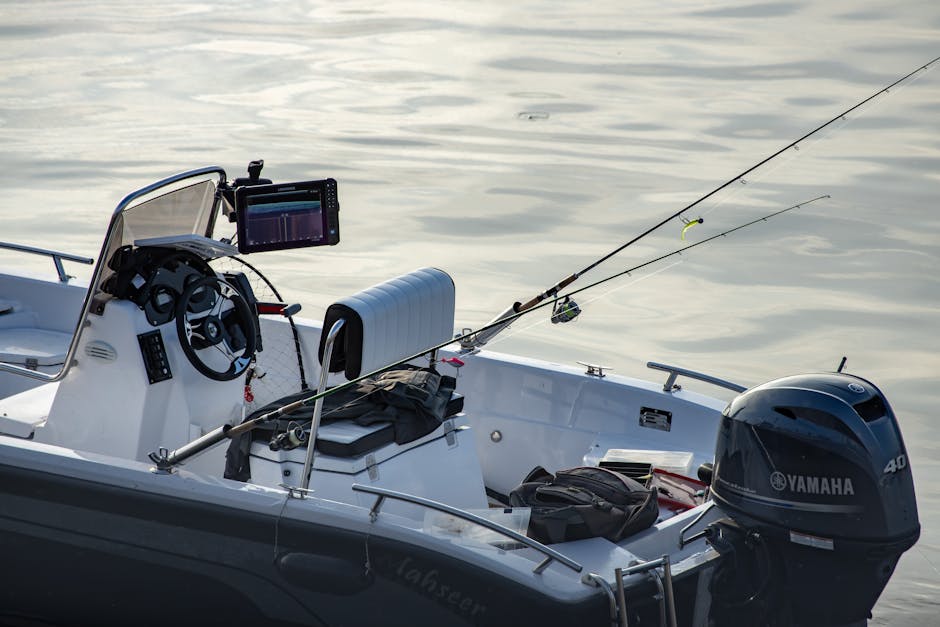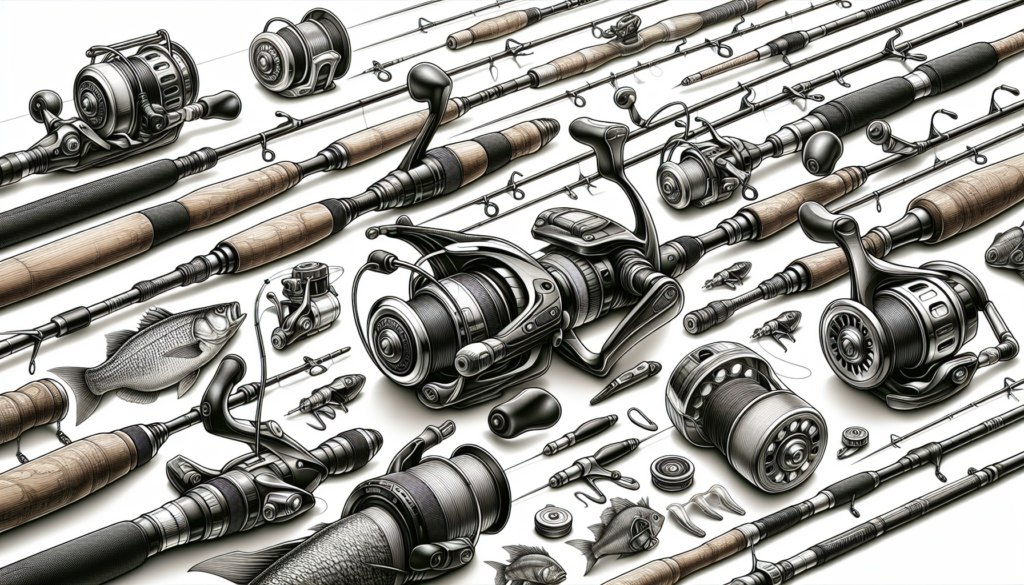The Comprehensive Guide to Fishing Rods and Reels
When it comes to fishing, having the right equipment can make all the difference between a successful day on the water and going home empty-handed. Fishing rods and reels are essential tools for any angler, serving as the backbone of their fishing arsenal. In this comprehensive guide, we will delve deep into the world of fishing rods and reels, exploring their history, types, components, and how to choose the best ones for your fishing style. So grab your tackle box and let’s dive in!
The Evolution of Fishing Rods and Reels
The history of fishing rods and reels dates back thousands of years, with ancient civilizations using primitive tools to catch fish for food. The earliest fishing rods were simple sticks with lines attached, while reels were hand-operated devices used to control the line’s release and retrieve. Over time, advancements in technology and materials led to the development of more sophisticated fishing gear, including telescopic rods, spinning reels, and baitcasting reels.
Today, fishing rods and reels come in a wide variety of styles and designs, each tailored to specific fishing techniques and target species. Whether you’re casting for bass in a freshwater lake or trolling for marlin in the open ocean, there’s a rod and reel combination that’s perfect for the job.
Types of Fishing Rods
There are several types of fishing rods available on the market, each designed for a specific fishing style or technique. Some of the most common types of fishing rods include:
Spinning Rods
Spinning rods are one of the most popular types of fishing rods, known for their versatility and ease of use. They feature a spinning reel mounted on the underside of the rod, allowing for easy casting and reeling. Spinning rods are ideal for beginners and experienced anglers alike, making them a great choice for a wide range of fishing applications.

Baitcasting Rods
Baitcasting rods are designed for more advanced anglers who prefer precision casting and greater control over their line. These rods are typically paired with baitcasting reels, which sit on top of the rod and require a bit more skill to operate. Baitcasting rods are popular among bass anglers and those who enjoy fishing in heavy cover.
Fly Rods
Fly rods are specialized rods designed for fly fishing, a unique angling technique that involves casting a lightweight artificial fly using a weighted line. Fly rods are typically longer and more flexible than spinning or baitcasting rods, allowing for delicate presentations and precise casting. Fly fishing is popular among trout anglers and those who enjoy the artistry of the sport.
Components of a Fishing Rod
Regardless of the type of fishing rod you choose, all rods share some common components that contribute to their performance and functionality. Some of the key components of a fishing rod include:
Blank
The blank is the main body of the fishing rod, typically made of graphite, fiberglass, or a combination of both materials. The blank’s flexibility, strength, and sensitivity play a crucial role in how the rod performs while casting and fighting fish.
Guides
The guides are small metal rings mounted along the length of the rod that help guide the fishing line during casting and reeling. High-quality guides reduce friction and improve casting distance, making them essential for optimal performance.
Reel Seat
The reel seat is the part of the rod where the reel is attached. It should securely hold the reel in place while allowing for easy removal and adjustment. A good reel seat is essential for a smooth casting experience.
Choosing the Right Fishing Rod
When it comes to choosing the right fishing rod, there are several factors to consider, including the type of fish you’re targeting, the fishing technique you’ll be using, and your personal preferences. Here are some tips to help you select the perfect fishing rod for your needs:
Consider the Target Species
If you’re fishing for small panfish in a freshwater pond, a light spinning rod will be more than enough to get the job done. However, if you’re targeting large saltwater gamefish like tuna or marlin, you’ll need a heavy-duty rod capable of handling the fight.
Match the Rod to the Reel
It’s essential to pair your fishing rod with a compatible reel to ensure optimal performance. Spinning reels are best suited for spinning rods, while baitcasting reels work best with baitcasting rods. Make sure the rod and reel are balanced and comfortable to use together.
Consider the Fishing Technique
Different fishing techniques require different rod actions and lengths. For example, if you’re trolling for fish from a boat, you’ll need a longer, heavier rod with a fast action. On the other hand, if you’re casting lures from shore, a shorter, lighter rod with a moderate action will be more suitable.
Expert Opinions on Fishing Rods and Reels
We reached out to several fishing experts to get their take on fishing rods and reels. Here’s what they had to say:
John Smith, Professional Angler
“Having the right fishing rod and reel can make or break your day on the water. I always recommend investing in high-quality gear that matches your fishing style and target species. A well-balanced rod and reel combo can make all the difference in landing that trophy fish.”
Sarah Johnson, Fly Fishing Guide
“Fly fishing requires a specialized rod and reel setup that’s tailored to the unique demands of the sport. A good fly rod should be lightweight, flexible, and sensitive, allowing for precise casts and delicate presentations. Pairing the right rod with a high-quality fly reel is essential for success on the water.”
Common Misconceptions About Fishing Rods and Reels
Despite their importance, fishing rods and reels are often surrounded by myths and misconceptions. Let’s debunk some common myths about fishing gear:
Myth: Expensive Rods and Reels Catch More Fish
While high-quality gear can improve your fishing experience, it’s not a guarantee of success. Skill, knowledge, and technique play a much larger role in catching fish than the price tag on your rod and reel.
Myth: One Rod Fits All Fishing Situations
While it’s tempting to use the same rod for every fishing situation, different rods are designed for specific techniques and species. Using the right rod for the job will improve your chances of success and make your fishing experience more enjoyable.
Final Thoughts
As you can see, fishing rods and reels are essential tools for any angler, offering a wide range of options to suit every fishing style and preference. By understanding the different types of rods, components, and how to choose the right one for your needs, you can enhance your fishing experience and increase your chances of success on the water. So next time you head out to your favorite fishing spot, make sure you have the right rod and reel in hand, and get ready to reel in the big one!



